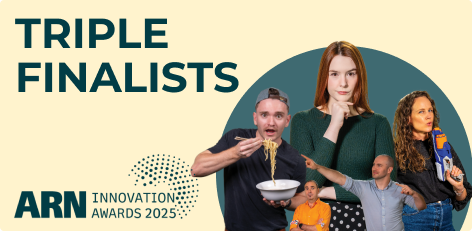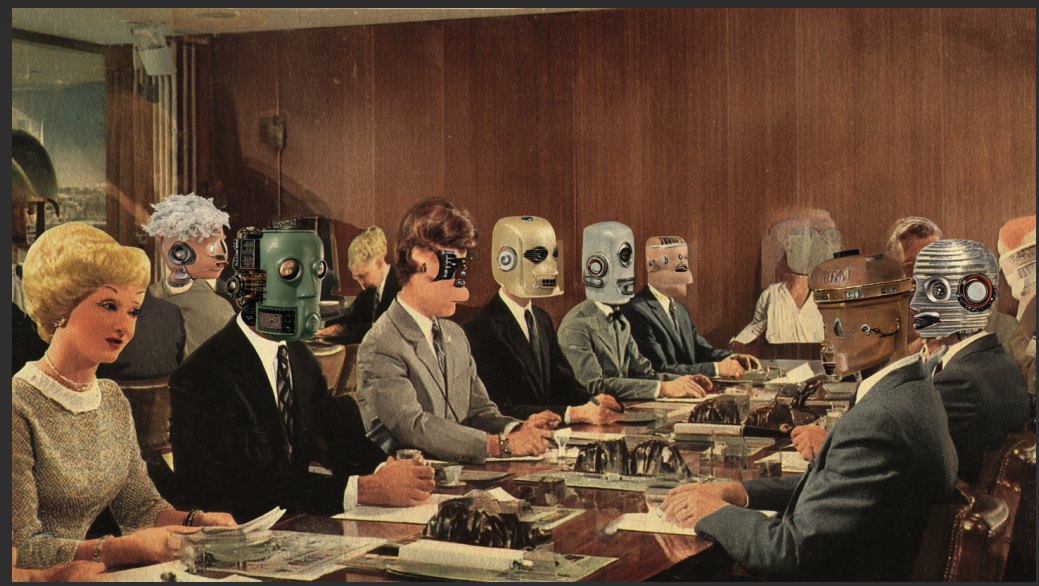Blog

At Gartner Gold Coast 2025, everything was about AI — automation, efficiency, disruption, predictions. AI, AI, AI. But in between all that noise, I found myself thinking about how I work, and how I’ve found working at Patient Zero. Some of the things they talked about, like trust, autonomy and team culture, are the things I’ve experienced here.

GPT-5 - the highly anticipated latest version of OpenAI’s hit the streets a few weeks ago. Despite of some breathless commentary from influencers who had been given early access, the eventual release was a bit underwhelming (in a way that only something that would have seemed like science-fiction a few short years ago but now seems passe, can be). Aside from the quality of the model itself, which some people have claimed was more about lowering OpenAI’s costs than delivering a better result, there are some issues that the change to GPT-5 has introduced when integrating it into a product which we thought we should share.

The ability to preview files directly within a web application is a major enhancement to user experience. Enabling users to view uploaded documents or images without needing to download them first saves time and reduces frustration. This can be a game changer in document-heavy applications where users frequently and recursively review and upload files through the interface. There are many libraries, packages, software subscriptions, and external API services (you name it!) that exist to solve this problem. But when spoiled for choice, it can be difficult to decide on which kind of solution best fits your application’s needs. This article explores this conundrum in the context of .NET Core web applications, with a focus on their specific quirks and requirements.



